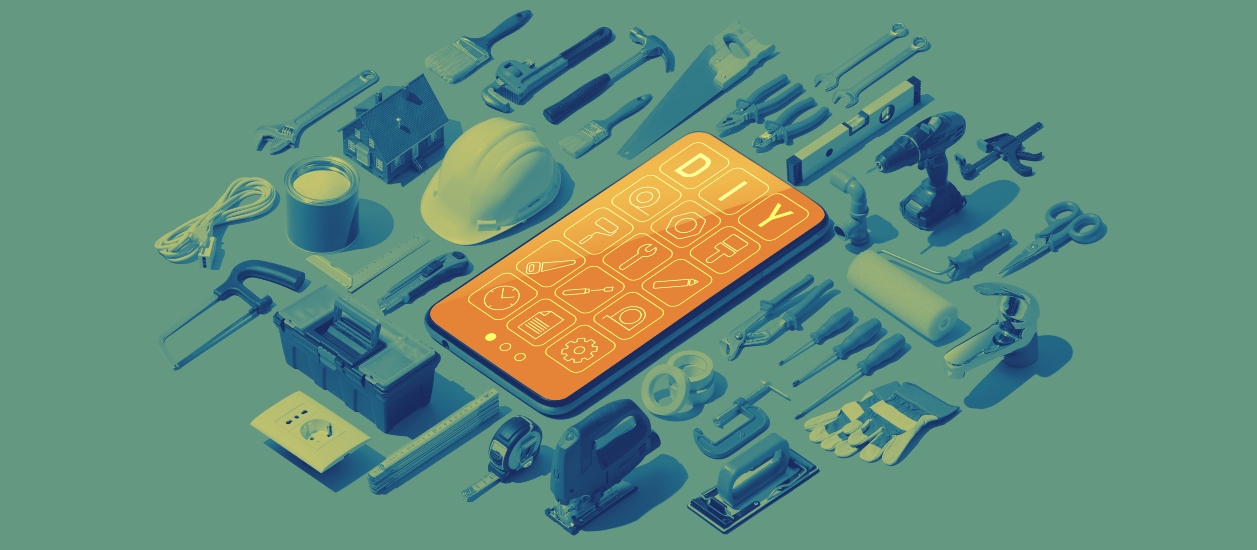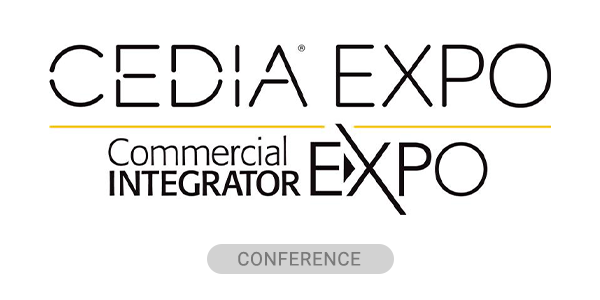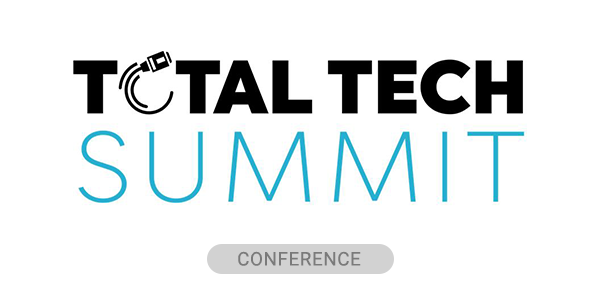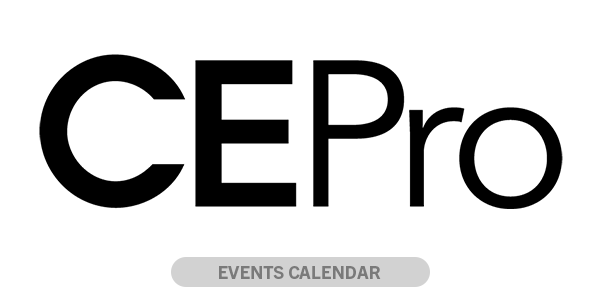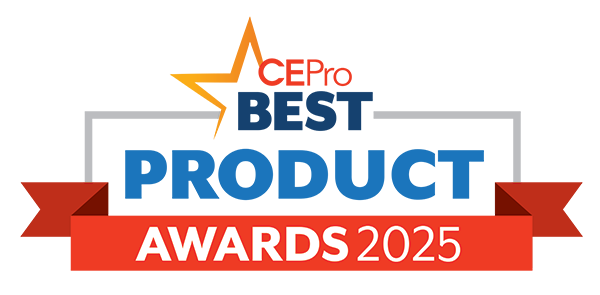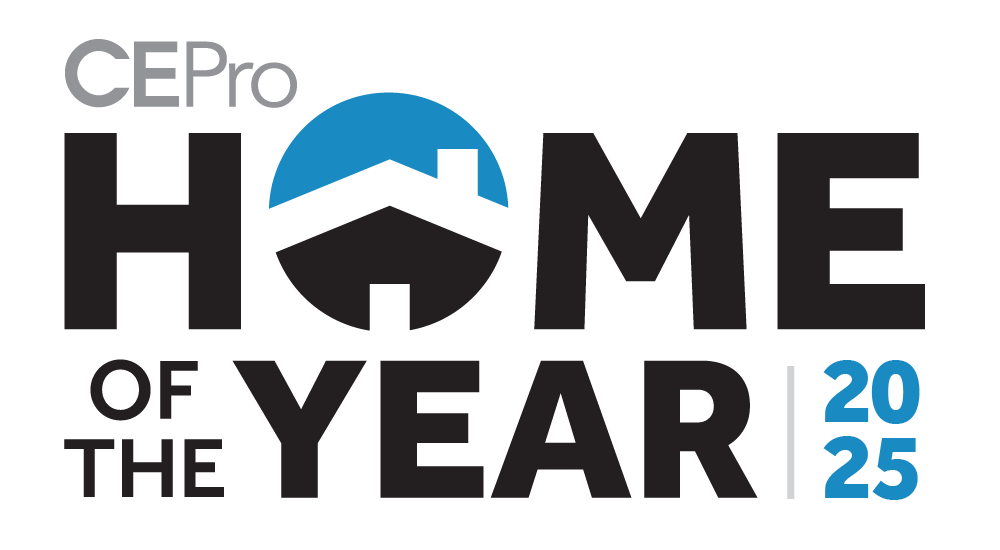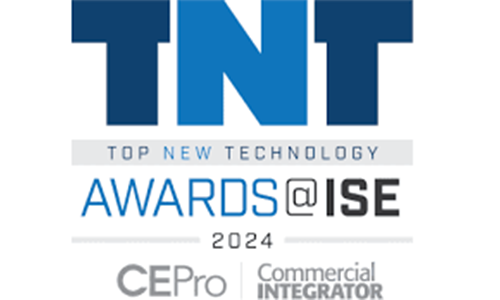Despite DIY smart home products often being seen as cutting into both the labor and product revenues of integrators, the pipeline from DIYer to prospective integration client seems to be widening if recent research from Parks Associates is anything to go by. Turns out, even if clients are starting out in DIY, a lot of them still wind up seeking a professional integrator at the end of the day to get their smart home systems in working order.
DIY vs. Pro-Channel Smart Home Solutions: A Brief History
Despite appealing to separate markets in many cases, there still remains a tension between DIY and pro-grade smart home solutions in the custom install channel. The two big concerns among integrators we’ve spoken to are such:
- Pricing: For DIY or mass market solutions, the availability of pricing at the consumer level can often lead to headaches for integrators who make their money off of product margins as clients attempt to haggle the cost.
- Labor: If it’s ‘do-it-yourself,’ then the assumption is that you don’t need a pro to do it. For many, the simplicity of these products translates into lost work for the business.
However, that loss of revenue might not be as surefire as originally expected.
Why DIY Might Not Be the Revenue Loss People Picture It As
Parks Associates’ ongoing quarterly survey of 8,000 U.S. internet households reveals a clear trend: professional installation is not just surviving in a DIY age—it’s thriving.
According to the research, 44% of smart home device owners have used a professional for at least one installation.
At the same time, 81% have attempted at least one DIY smart home setup—highlighting the hybrid nature of today’s market.
Notably, smart lighting has shown year-over-year growth in pro installs, something we here at CE Pro has seen as an ongoing trend at the professional level, with more consumers showing interest as both a functional and aesthetic component in smart home design.
CE Pro State of the Industry Report Backs Up Dynamics
CE Pro’s 2024 State of the Industry report echoed these dynamics, finding that while consumers may often start with DIY smart home ambitions, many quickly realize the limitations—especially when integrating multiple devices into a unified experience.
Parks’ research reinforces this with hard numbers: 29% of consumers ultimately turn to professionals, even if they first try to go it alone.
What’s Driving More Smart Home DIYers to Seek Pro-Channel Help?
In so few words: it’s usability, not connectivity, that’s driving DIYers into the search fields of integrators.
In areas like smart thermostats—particularly in utility-sponsored programs that offer free or discounted devices—pro installation often determines whether the product is used at all.
Parks notes that many of these devices go uninstalled without professional support, leading to missed efficiency gains and underwhelming ROI for both providers and consumers.
This touches on a broader trend CE Pro has explored in depth: the shift from product-centric sales to solution-based services.
As smart home ecosystems grow more intricate, consumers are less interested in one-off gadgets and more interested in integrated systems that “just work.”
What the Experts Are Saying
According to Elizabeth Parks, President and CMO of Parks Associates:
- “Consumers are looking for more than just devices. They want connected solutions that are easy to implement and fit into their lifestyle. Professional integrators are uniquely positioned to deliver this value by making smart home and advanced home systems work together and offering ongoing service and support.”
Pro Install Delivers Better Outcomes—and Higher Satisfaction
One of the most striking findings from Parks Associates’ data is the satisfaction gap between pro and DIY installations. For example:
- Smart cameras installed professionally earn a Net Promoter Score (NPS) of 49, compared to 41 for self-installed units.
- NPS scores consistently skew higher across other categories as well when pro install is involved.
Younger Consumers Need—and Want—Installation Help As Well
While younger consumers (ages 18–24) are typically seen as tech-savvy, Parks Associates’ data shows that 42% of this demographic struggles with physical installation, compared to just 19% of the general population.
This suggests that the next generation of homeowners and renters may be far more open to “do-it-with-me” models that offer guided setup or hybrid support services.
Parks also flags a less visible, but critical issue: product returns driven by installation failures.
Configuration issues and physical setup problems rank among the top three reasons for returns, representing both a pain point for manufacturers and an opportunity for integrators.
Considerations for Smart Home Integrators
Despite this seemingly pointing towards “more business for integrators,” there is one major consideration that needs to be made: the average clientele for these types of projects might not be the same clientele integrators are commonly targeting in their sales objectives.
While size of the projects were not specified, it can be assumed that the average person looking to install a handful of DIY devices is likely not the same person to pursue the projects often seen featured on CE Pro.
That said, they do represent a segment of the market that is looking for professional assistance, despite the smaller size of the projects, leaving a potential opening for middle-market-grade systems.
The challenge for integrators in this case would be the development of more service-based business models, as while the difference in scale and product categories on these types of jobs may vary greatly from larger, more luxury projects, the same core philosophy of delivering on a client’s desired experience still applies.
